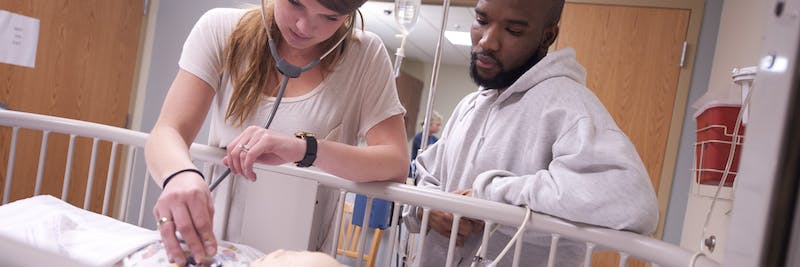Title
National survey of cardiologists' standard of practice for continuous ST-segment monitoring
Document Type
Article
Abstract
Background Continuous ST-segment monitoring can be used to detect early and transient cardiac ischemia. The American Heart Association and American Association of Critical-Care Nurses recommend its use among specific patients, but such monitoring is routine practice in only about half of US hospitals. Objective To determine cardiologists' awareness and practice standards regarding continuous ST-segment monitoring and the physicians' perceptions of appropriate patient selection, benefits and barriers, and usefulness of this technology. Methods An electronic survey was sent to a random sample of 915 US cardiologists from a pool of 4985 certified cardiologists. Results Of 200 responding cardiologists, 55% were unaware of the consensus guidelines. Of hospitals where respondents admitted patients, 49% had a standard of practice for using continuous ST-segment monitoring for cardiac patients. Most cardiologists agreed or strongly agreed that patients in the cardiovascular laboratory (87.5%) and intensive care unit (80.5%) should have such monitoring. Cardiologists routinely ordered ST monitoring for patients with acute coronary syndrome (67%) and after percutaneous coronary intervention (60%). The primary factor associated with higher perceptions for benefits, clinical usefulness, and past use of continuous ST-segment monitoring was whether or not hospitals in which cardiologists practiced had a standard of practice for using this monitoring. A secondary factor was awareness of published consensus guidelines for such monitoring. Conclusion Respondents (55%) were unaware of published monitoring guidelines. Hospital leaders could raise awareness by multidisciplinary review of evidence and possibly incorporating continuous ST-segment monitoring into hospitals' standards of practice. © 2010 American Association of Critical-Care Nurses.
Department(s)
Nursing
Publication Title
American Journal of Critical Care
Volume
19
Issue
2
First Page
112
Last Page
123
Publication Date
3-1-2010
DOI
10.4037/ajcc2010264
ISSN
10623264
PubMed ID
20194608
Recommended Citation
Sandau, Kristin E.; Sendelbach, Sue; Frederickson, Joel; and Doran, Karen, "National survey of cardiologists' standard of practice for continuous ST-segment monitoring" (2010). Nursing Faculty Publications. 26.
https://spark.bethel.edu/nursing-faculty/26


